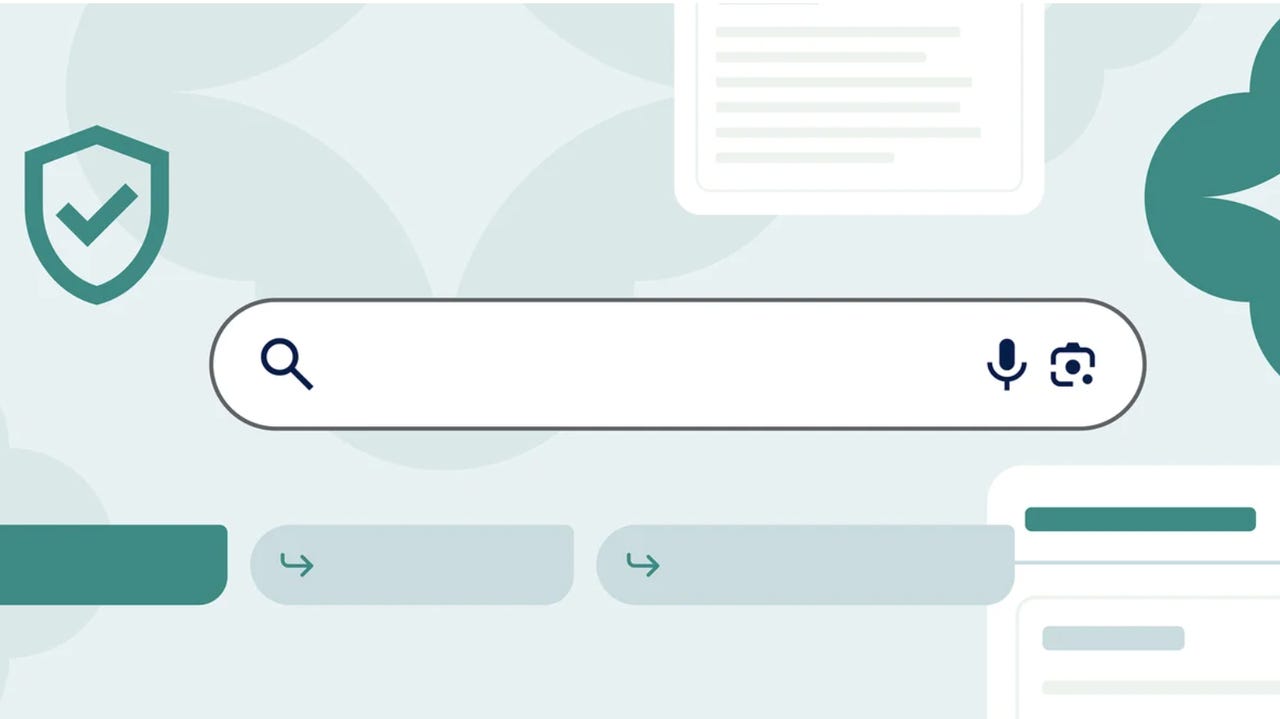































 Google
Google Google has been trying to leverage its undisputed lead in the search engine space to develop AI models that have as much success, including a generative AI-supported Search (SGE) and its Google Bard AI chatbot.
Also: How to use Google Bard
Now, Google is adding new features that will optimize processes for early testers of SGE and web publisher controls regarding Google Bard.
When Google announced SGE at Google I/O, it also unveiled Search Labs, a platform through which users can access the early-stage SGE, test it, and provide feedback to Google on how it can improve the experience.
Since the launch of Search Labs, Google shares that younger SGE users, those between ages 18 and 24, have been finding it particularly useful and provided the most helpful feedback.
Also: 5 handy AI tools for school that students, teachers, and parents can use, too
As of Thursday, Google is expanding access to SGE to an even younger audience -- users between the ages of 13 and 17 in the US. The teens will be able to access both the SGE and "SGE while browsing," a feature that allows users to see AI-generated key points for any page they are browsing.
The expansion to younger audiences comes at a great time for students who may be looking for ways to incorporate AI into their workflows.
To protect younger users from some of the risks or downsides of generative AI, Google is implementing additional safeguards that prevent teens from accessing inappropriate or harmful content.
Also: The ethics of generative AI: How we can harness this powerful technology
Google is also offering a new AI Literacy Guide for teens and their parents who are interested in trying out the new features. The guide answers questions related to generative AI, including its limitations and what responsible use of it looks like.
A new tool called "About this result" is also arriving in SGE to allow users to get helpful context about the SGE-generated response to learn more about how it was generated and the underlying technology behind it.
Generative AI models need to be trained on robust amounts of data, which typically includes the entirety of the internet.
This means that AI chatbots are outputting a variation of what someone else published on the internet. This could help publishers connect more people to their work. However, this could also be negative because the AI chatbot is essentially using someone else's work without their permission.
Also: 6 AI tools to supercharge your work and everyday life
To help give web publishers a choice, on Thursday, Google announced Google-Extended. With this control, web publishers will be able to decide if they want their site to be used to train Bard and Vertex AI generative APIs. The control will also apply to future models that will power those products.
Despite giving users a choice, Google does use language in its release that shows a desire for web publishers to continue to allow their sites to be used to help the development of their models.
"By using Google-Extended to control access to content on a site, a website administrator can choose whether to help these AI models become more accurate and capable over time," says Google.
The Google-Extend tool addresses a major problem with AI chatbots and other AI major chatbots will likely start developing their own control options as well.
 Tags quentes :
Inteligência artificial
Inovação
Tags quentes :
Inteligência artificial
Inovação